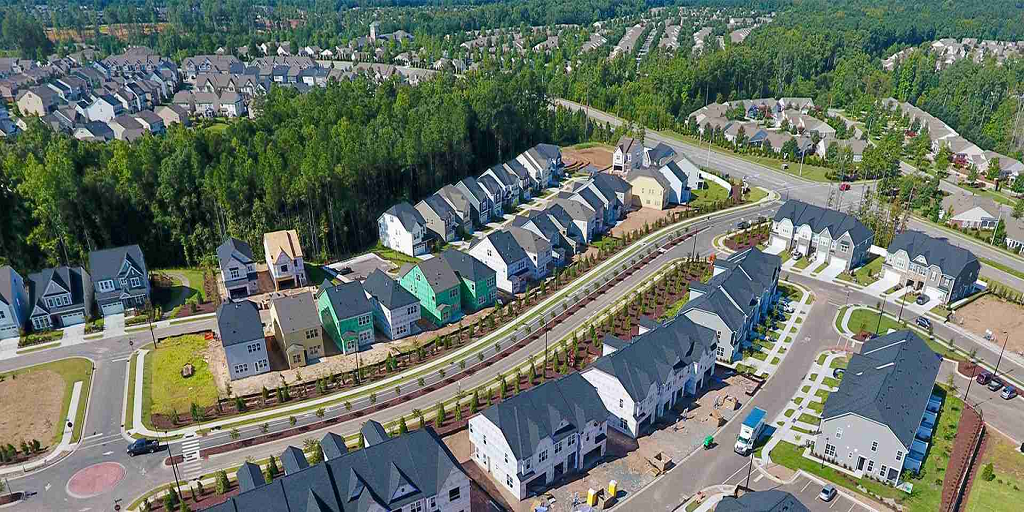
Surveying land in the heart of a city comes with its own set of demands—but step into the rural outskirts, and the landscape changes dramatically. Rolling fields, dense tree lines, unclear boundaries, and a lack of historical documentation all contribute to the complexity of surveying rural properties. That’s why experienced professionals offering land survey services in Edmonton bring a different set of tools and techniques when tackling countryside parcels.
Whether you’re subdividing farmland, developing an acreage, or resolving a boundary dispute, understanding the challenges of rural land surveys—and how experts handle them—can save time, money, and legal headaches.
Unmarked or Inconsistent Boundaries
One of the biggest hurdles in rural surveys is the absence of clearly defined or marked boundaries. Unlike urban lots, which often have visible fence lines, curbs, or monuments, rural properties may rely on vague descriptions like “from the old oak tree to the creek bend.” These historical references can be difficult to pinpoint, especially when landmarks no longer exist or the land has changed shape due to erosion or development.
Surveyors specializing in land survey services in Edmonton must often dig deep into municipal and provincial records to retrieve original survey plans and legal descriptions. They may also use satellite imagery, GPS, and geographic information system (GIS) tools to reconcile outdated records with current land features. The result? Clear, legal boundaries that can be confidently used for land transactions or development permits.
Terrain and Accessibility
Unlike neatly paved city streets, rural parcels can include uneven terrain, thick brush, wetlands, and limited road access. Survey crews may need to traverse long distances on foot or use off-road vehicles to reach various corners of the property.
This makes logistics and safety planning a critical part of rural surveys. Surveyors often conduct site assessments ahead of time to plan efficient routes and bring the right equipment. Drones and laser scanning technology (LiDAR) are increasingly used in these settings to collect accurate topographical data without physically walking every inch of the land.
Legacy Issues and Overlapping Titles
Some rural properties have been in the same family for generations, passed down without formal subdivision or updated titles. In other cases, land boundaries may overlap due to inaccurate historical surveys or undocumented changes.
Sorting through these legacy issues requires not only technical skill but also familiarity with legal and administrative procedures. Surveyors must often coordinate with landowners, lawyers, title companies, and local authorities to resolve disputes and ensure proper registration of updated boundaries.
Planning for Development or Sale
Many rural property owners seek surveys when preparing to develop land or list it for sale. In these cases, surveys serve multiple purposes:
- Confirming acreage and boundaries for accurate listings
- Supporting subdivision or rezoning applications
- Establishing access routes and utility easements
- Ensuring compliance with municipal development guidelines
Surveying rural land may come with unique challenges, but it also opens doors to new opportunities—especially when backed by expert knowledge and advanced tools. From resolving old boundary issues to supporting modern development, land surveyors are essential partners in managing the complexities of large or remote properties.
Professionals who specialize in land survey services in Edmonton are well-equipped to navigate the unpredictability of rural terrain and provide clarity where there’s confusion. Whether you’re planning to build, sell, or simply understand your land better, starting with a professional rural survey is one of the smartest investments you can make.
For more information about Real Property Reports Saskatoon and Land Survey Services Regina Please visit: CORE Geomatics.